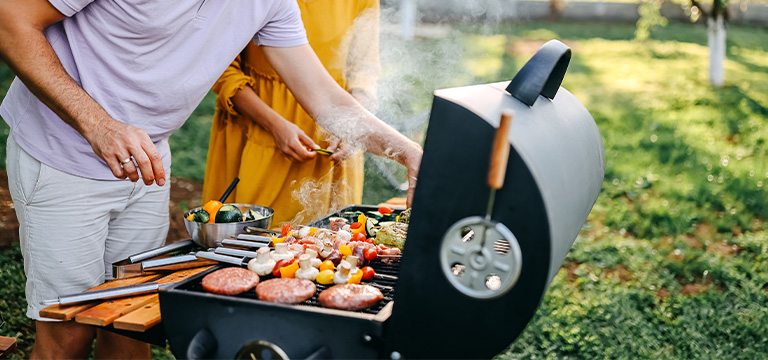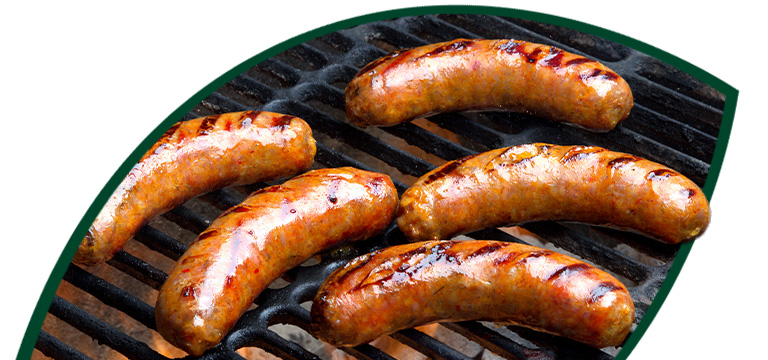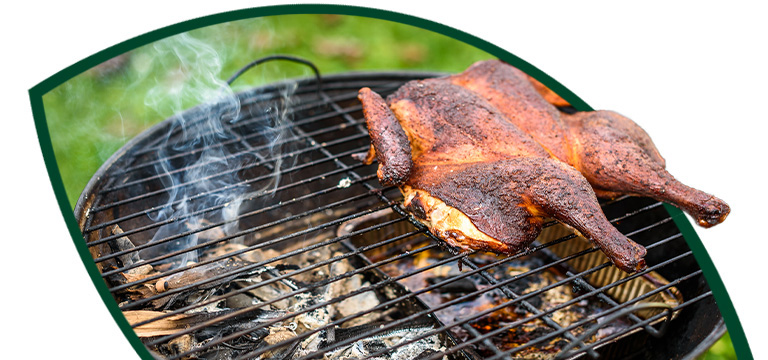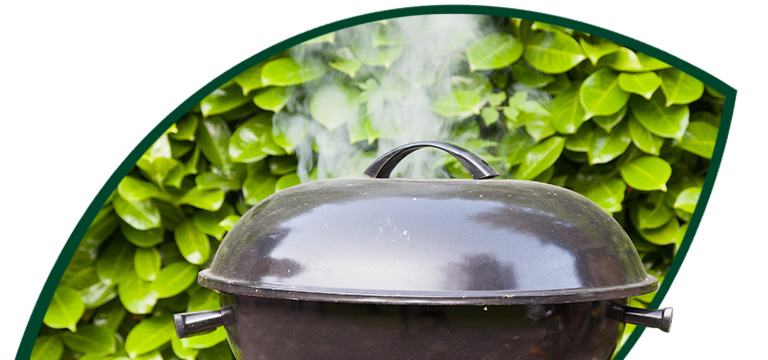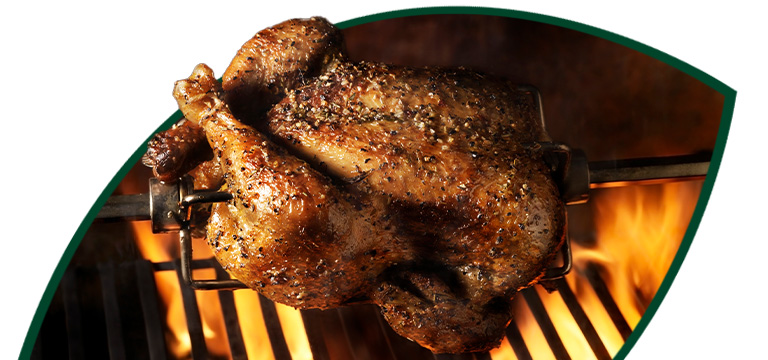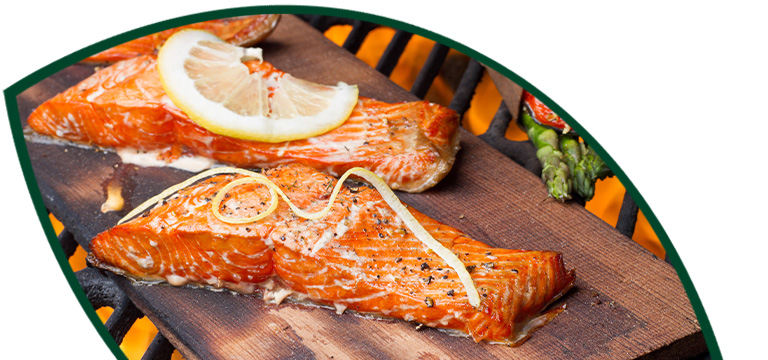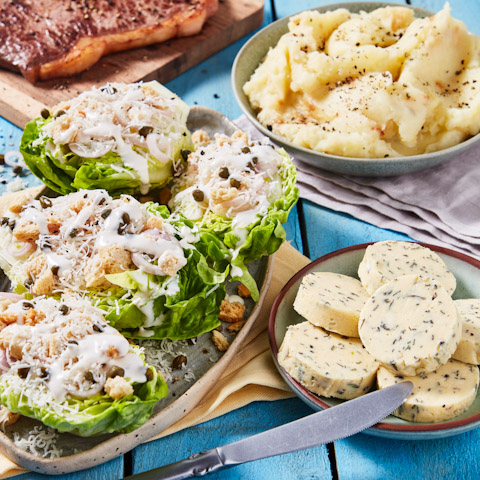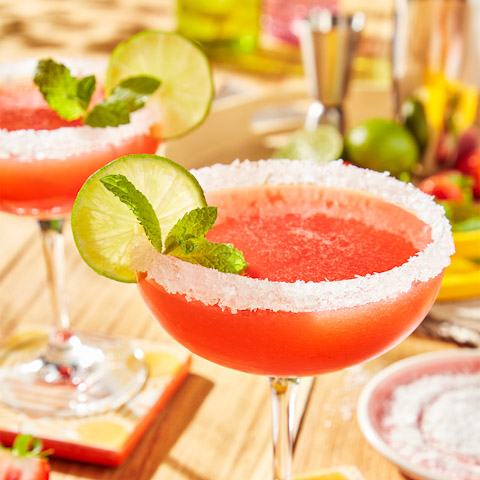Prep Like a Pro
It all starts with a little organisation before you even think about lighting that grill. Trust us, a few minutes of prep can save you from any hassle later, setting you up for perfectly cooked food and happy guests. We'll walk you through getting your grill gleaming, sorting out your gear, and understanding your fuel for maximum flavour and control.
Cleanliness is Key
First things first, a clean grill is a happy grill! Getting rid of leftover bits from last time isn't just about looking tidy; it stops unwanted flavours from tainting your feast and helps prevent nasty flare-ups from dripping fat. For the best results, give those grates a good scrub with a wire brush while the grill is still warm, either after preheating or (ideally) right after your last cook. This little step means your food won't stick, and you'll get those brilliant, clean grill marks every time.
Assemble your tools
No more fumbling around when the heat's on! Before you light a single briquette, make sure all your essential BBQ tools are within arm's reach. We're talking quality tongs, a trusty basting brush, a reliable meat thermometer, and handy foil trays. And don't forget to always use separate sets of tongs or utensils for raw meat and cooked meat to prevent cross-contamination. Safety first, folks!
Know your stuff
The kind of fuel you choose can seriously impact your BBQ experience and the flavour of your food.
Charcoal: For that unmistakable smoky flavour and authentic outdoor taste, charcoal is king. Lumpwood charcoal burns hot and fast, giving you a quick sear and a robust smoky kick. Alternatively, briquettes burn more evenly and longer, making them ideal for sustained, consistent heat – brilliant for slower cooks.
Gas: If convenience and precision are your priorities, a gas grill is your best mate. It heats up quickly, offers excellent temperature control with the turn of a dial, and is perfect for a spontaneous mid-week grill.


